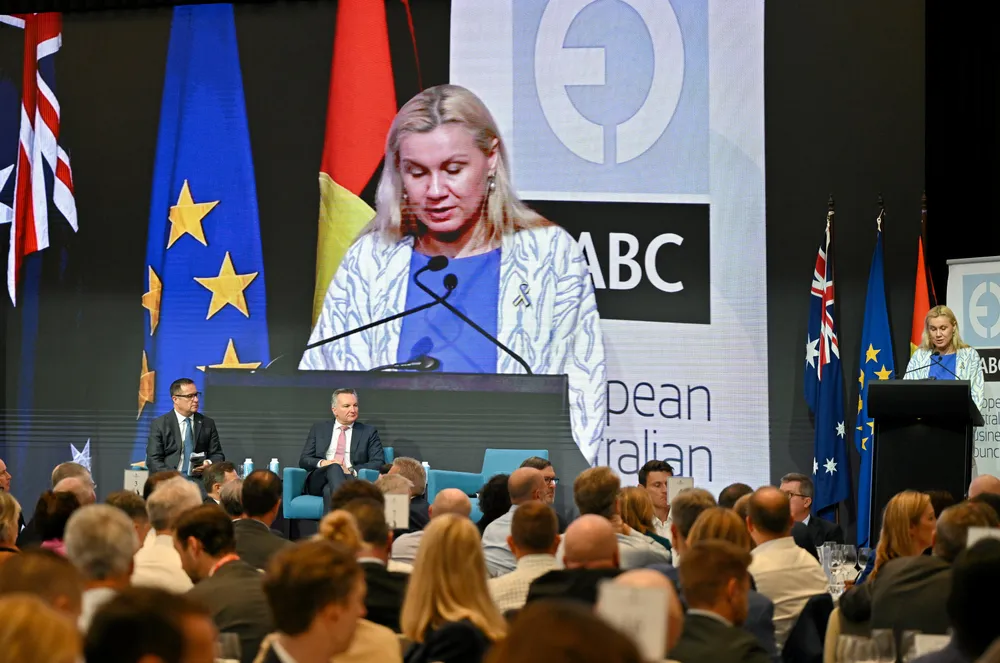Winners of first European Hydrogen Bank auction due to be announced in May, says EU energy commissioner
Results of the green hydrogen production tender had previously been expected to be revealed this month

Results of the green hydrogen production tender had previously been expected to be revealed this month
